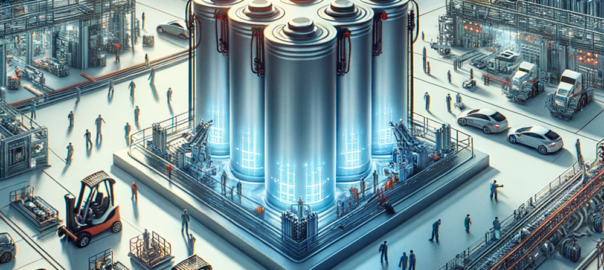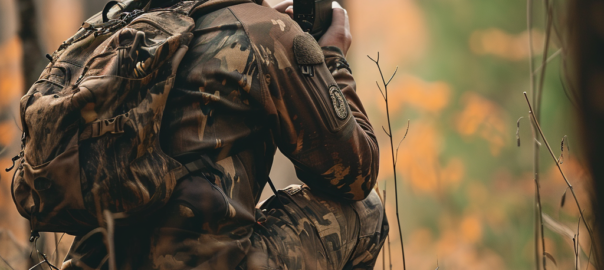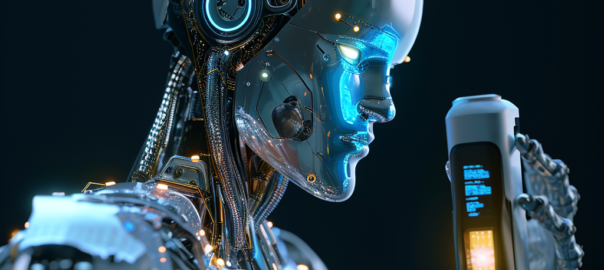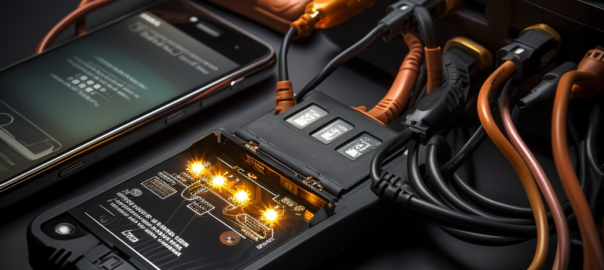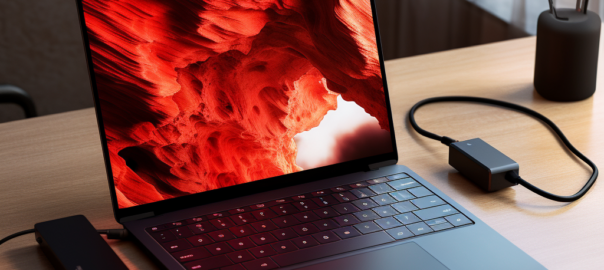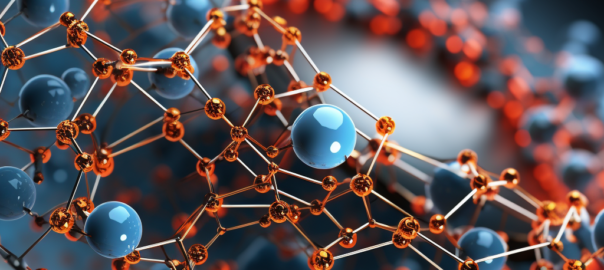The fashion industry thrives on creativity, innovation, and attention to detail. Yet behind the glitz and glamour lies a laborious and highly technical process—the development of a clothing sample. This fundamental stage lays the groundwork for all subsequent manufacturing efforts, translating a designer’s vision into a tangible, wearable product. By delving into the intricate stages of the clothing sample development process, this article aims to enlighten both aspiring fashion designers and seasoned industry professionals. Understanding this process is not just a theoretical exercise; it’s a practical necessity. A well-executed sample can serve as a cornerstone for brand success, influencing everything from production scalability to overall quality.
Given the significance of sample development, it is crucial to dissect each component carefully. Over the next chapters, we will explore ideation, material sourcing, pattern development, sewing and assembly, prototyping, and the final stages that bring a clothing sample to life. Whether you’re an aspiring designer, a fashion business owner, or just someone intrigued by the behind-the-scenes mechanics of fashion, this comprehensive guide aims to provide a detailed look into the art and science of clothing sample development.
Contents
Ideation and Conceptualization
The Importance of a Vision
In any creative endeavor, the first spark is often the vision—an image or concept that serves as the blueprint for the final product. In the realm of fashion design, this vision is crucial because it shapes every subsequent stage of sample development. Your vision sets the tone, guiding decisions on materials, cuts, and colors. Without a clear concept, you’re navigating without a compass, which is both time-consuming and financially risky.
Role of Mood Boards and Sketches
Before jumping into material sourcing or pattern development, designers often create mood boards. These visual collages can include anything from fabric swatches to pictures that evoke a certain emotion or aesthetic. It’s a tangible representation of your vision and serves as a reference point for everyone involved in the project. Following the mood board, a series of sketches further refines the concept. These sketches can be rudimentary or detailed, but their purpose is the same: to translate your vision into a form that others can understand and contribute to.
Sketches and mood boards serve dual purposes. First, they help consolidate a designer’s own thoughts, refining abstract ideas into concrete plans. Second, they communicate this vision to others—be it the team of tailors who will sew the sample or potential investors who need to visualize the end product.
In sum, the ideation and conceptualization stage is where dreams begin their transformation into reality. The better you execute this stage, the smoother the entire sample development process will be.
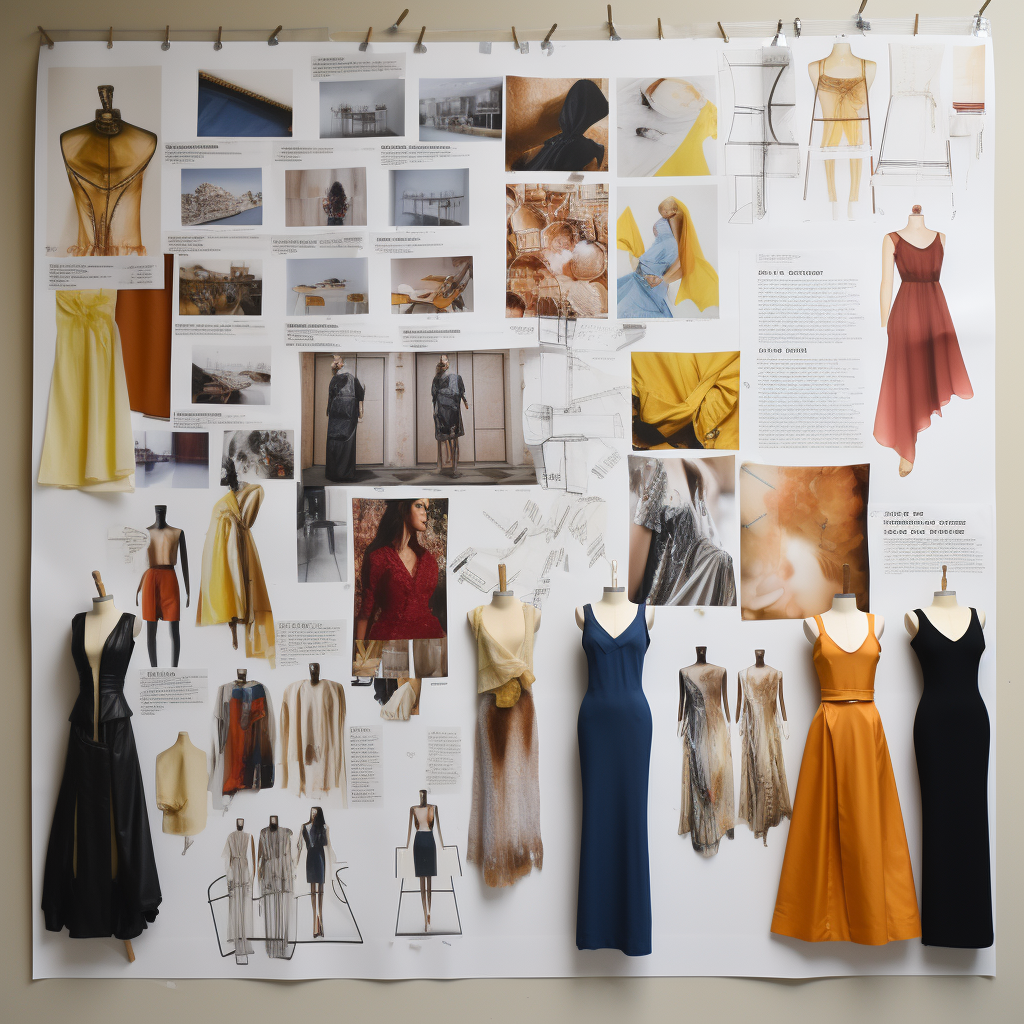
Material Sourcing
Identifying Suitable Materials
Once the concept is clear, the next logical step is to identify the materials that will bring your vision to life. This involves more than just choosing a fabric that looks good; designers must consider factors like durability, comfort, and cost. A luxurious silk may be perfect for a high-end evening gown but wholly inappropriate for a line of activewear. Material selection can make or break your sample, influencing both its quality and its production costs.
Ethical Considerations
In today’s eco-conscious world, the ethical sourcing of materials is becoming increasingly important. Customers are asking more questions about where their clothing comes from and how it’s made. As such, designers are under growing pressure to source materials responsibly. This can involve using organic fabrics, ensuring humane labor practices, or even utilizing innovative, sustainable materials like mushroom leather. Ethical sourcing isn’t just good for the planet; it’s also becoming a selling point that can set your brand apart in a crowded market.
Navigating the maze of material sourcing is both an art and a science. The choices made here can resonate throughout the entire sample development process and, eventually, the commercial viability of the clothing line.
Pattern Development
Introduction to Pattern Making
After defining the vision and securing the right materials, the next significant milestone in the clothing sample development process is pattern development. A pattern serves as the architectural blueprint for each piece of clothing. It provides precise instructions on cutting the fabric and assembling the various pieces. Simply put, an excellent pattern is instrumental in transforming your sketch into a wearable item.
Significance of Accurate Patterns
The importance of an accurate pattern cannot be overstated. Errors in this phase can lead to a host of problems down the line, from ill-fitting garments to waste of valuable materials. Highly skilled pattern makers use specialized software or traditional methods to create these patterns, and often both. They factor in allowances for seams and hems and may produce multiple versions for different sizes. As the intermediary between design and production, the pattern is a pivotal element that sets the stage for the sample’s quality.
Sewing and Assembly
Process of Turning Designs into a Physical Item
Once the pattern is prepared, the actual sewing and assembly of the prototype begin. Skilled tailors or seamstresses follow the pattern to cut the fabric and sew it together. The focus here is on meticulous craftsmanship, as even minor deviations can alter the garment’s fit, comfort, and overall look. Though this phase can be labor-intensive, it’s also where the designer sees their concept materialize into a physical form for the first time—a rewarding experience, to say the least.
Quality Control Steps
Even the most skillful assembly is subject to human error, making quality control imperative. As each component is assembled, checks must be in place to ensure the garment meets all design specifications. This involves everything from measuring seams to double-checking the material alignment. The aim is to catch and rectify any issues before they become too costly or time-consuming to address.
Sewing and assembly are the heart of the sample development process, where concept becomes reality. The quality control measures installed in this stage act as safeguards, ensuring that the finished sample is not only aesthetically pleasing but also meticulously crafted.
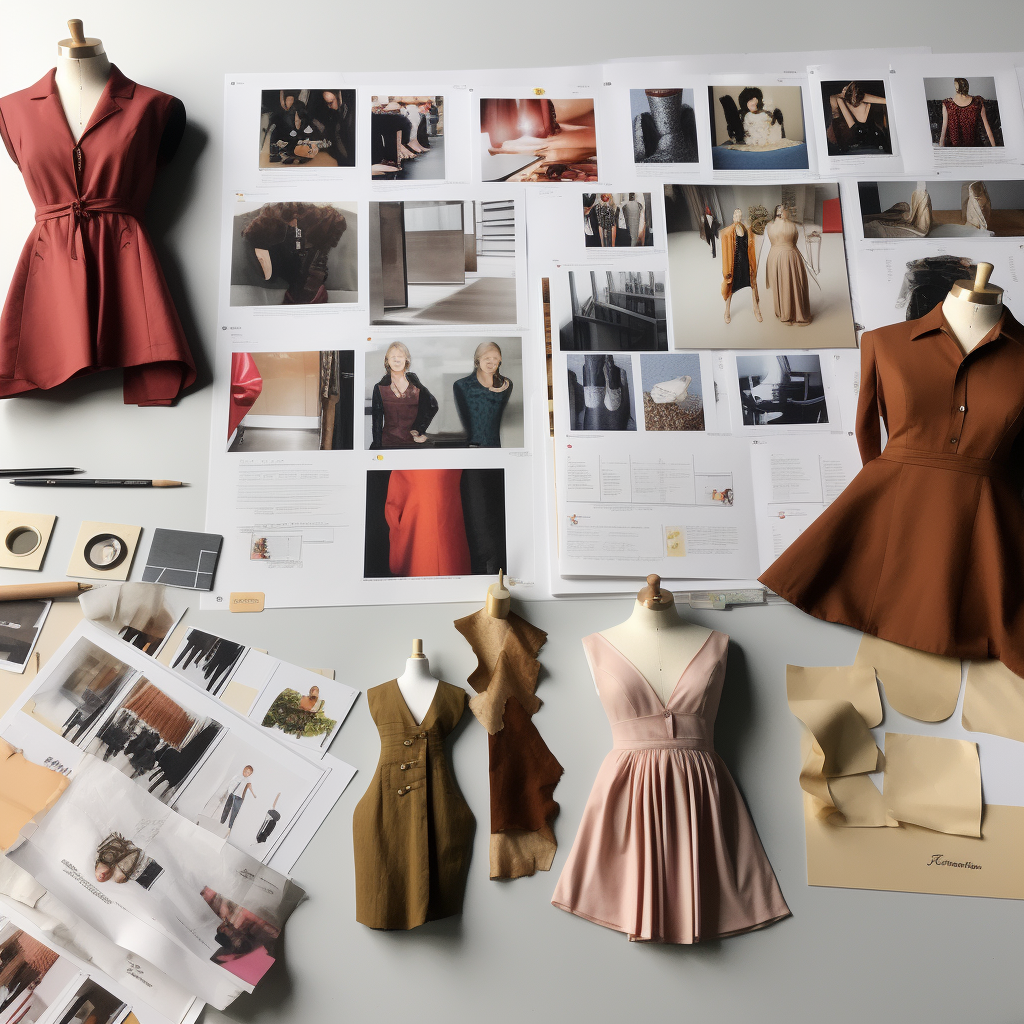
Prototyping
Importance of the Prototype Stage
The prototype serves as the first full realization of your design. It’s a crucial component in the sample development process, offering a tangible model for review and refinement. Think of the prototype as your first draft; it’s a working model that represents the vision but is not yet the final product.
Usual Iterations and Feedback Loops
Once the prototype is complete, it undergoes a series of evaluations. These can include wear tests, fit tests, and aesthetic reviews. Changes are almost always necessary, leading to iterations. Feedback is gathered from a variety of sources: designers, product managers, and even potential consumers. These feedback loops are essential for refining the prototype, helping to identify design flaws, material weaknesses, or manufacturing challenges.
Prototyping is an iterative and evolving process. The ability to embrace change and adapt is key to successfully moving from a prototype to a final sample that’s ready for mass production.
Testing and Quality Assurance
Testing Durability and Comfort
Once satisfied with a prototype, rigorous testing begins. These tests can include durability assessments like stretch tests, abrasion tests, and even wash-and-wear evaluations. The goal is to ascertain how the garment will perform under real-world conditions, thereby ensuring it meets both designer expectations and consumer needs.
Fit Models and Alterations
Another facet of quality assurance involves fit testing, often using fit models who represent the brand’s target demographic. These sessions provide invaluable insights into the garment’s comfort, sizing, and overall wearability. Fit tests can result in minor adjustments to the pattern or, occasionally, more significant design alterations.
Quality assurance is a non-negotiable stage in sample development. It verifies that the sample not only looks good but will also stand up to the practical demands of everyday wear.
Final Sample
What Constitutes a ‘Final Sample’
Once the prototype has been tested, adjusted, and re-tested, a ‘final sample’ is produced. This version is the one that gets approved for mass production. It serves as the definitive model for the production line, capturing every nuance, from stitch types to fabric choices.
Preparing for Mass Production
The final sample sets the standard for bulk manufacturing. It’s the template that factories will use to produce each unit, and it becomes a touchstone for quality control. Before moving to mass production, all details, including cost estimations and timeline projections, are finalized.
The final sample is the culmination of a rigorous, often challenging process. It encapsulates the vision, craftsmanship, and practical considerations that have been honed over multiple stages.
Challenges and Pitfalls
Common Challenges in Sample Development
While the process of sample development may seem linear, it’s often fraught with challenges. These can range from technical issues like pattern inaccuracies or material shortages to broader complications like timeline delays or budget overruns. Experienced designers know that flexibility and problem-solving are essential skills for navigating this complex process.
Strategies for Overcoming Challenges
Some effective strategies to overcome challenges include early-stage prototyping to identify issues sooner, constant communication among team members, and involving skilled artisans and technicians who can offer solutions. If you encounter material limitations, for instance, early identification allows you to seek alternatives without derailing the entire project.
Understanding the common pitfalls in sample development can prepare you to face them head-on, turning potential setbacks into opportunities for refinement and growth.
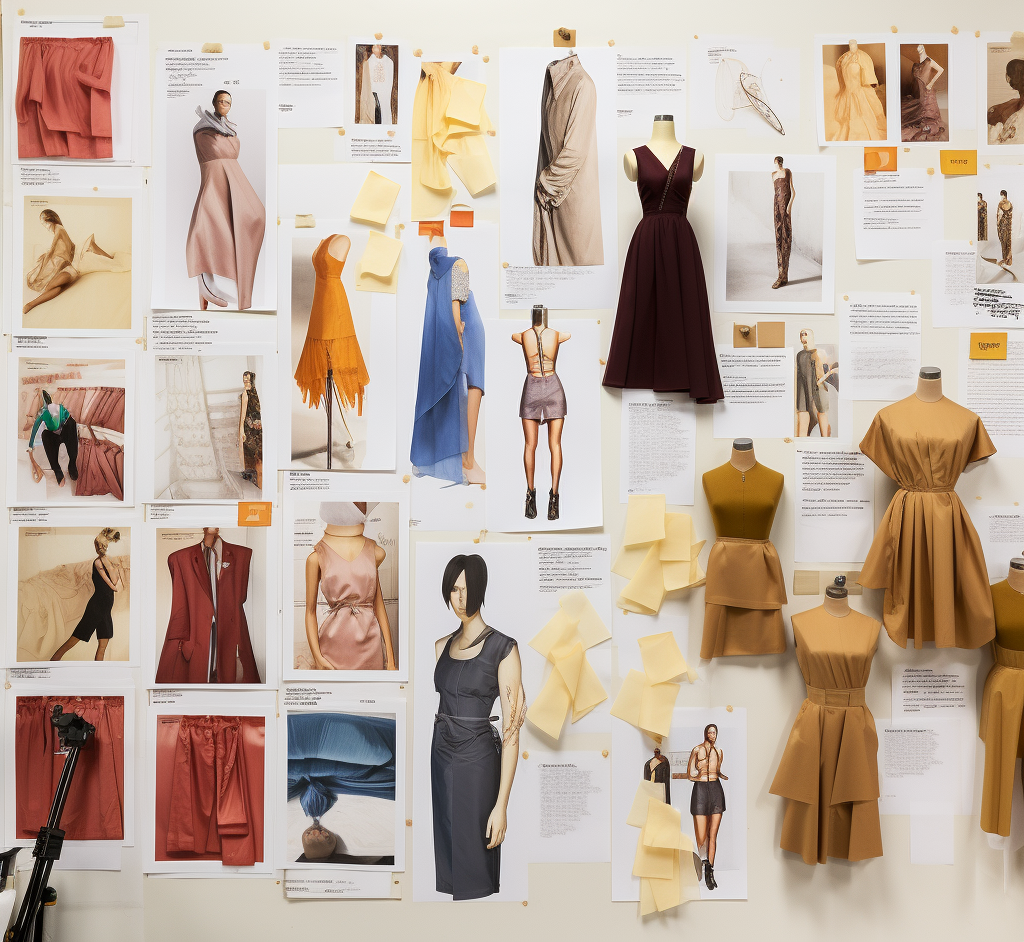
Conclusion
Summary of Key Takeaways
The sample development process is the linchpin in turning fashion concepts into sellable products. Every stage, from ideation to the final sample, is an integral part of this intricate process. By focusing on each component—be it material sourcing, prototyping, or quality assurance—you can ensure that the end product aligns with your initial vision and meets market standards.
Next Steps for Interested Readers
Whether you’re an aspiring designer, a seasoned fashion industry professional, or simply someone intrigued by the process, there’s always more to learn. Many fashion schools offer specialized courses in sample development, while workshops and online resources can provide additional insights. The more you understand about this crucial process, the better equipped you’ll be to participate in—or even revolutionize—the ever-evolving world of fashion.

